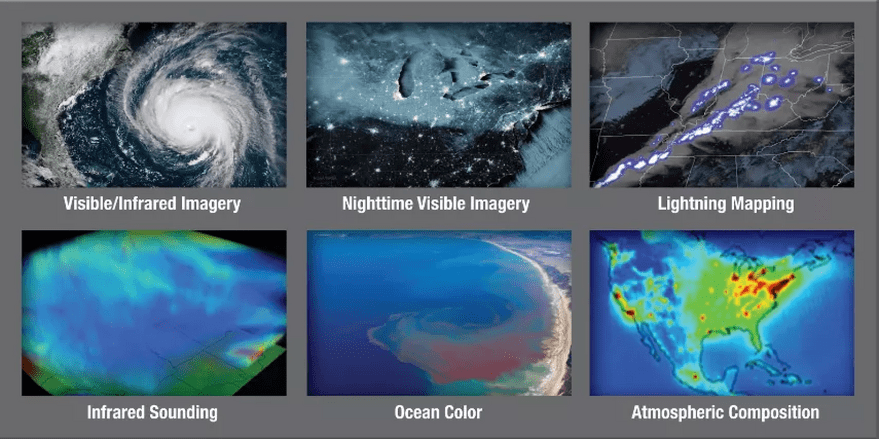PARIS – Lockheed Martin won a $297.1 million contract to develop lightning mappers for the National Oceanic and Atmospheric Administration’s future geostationary constellation.
The contract announced Sept. 17 directs Lockheed Martin to develop two flight instruments and includes options for two additional lightning mappers. Lockheed Martin also will provide support for each lightning mapper for a decade of on-orbit operations and five years of space-based storage.
The Lighting Mapper for NOAA’s Geostationary and Extended Observations fleet, known as LMX, is designed to detect, locate and measure the intensity, duration and extent of lightning flashes. With data from LMX, NOAA meteorologists and researchers monitor severe storms, predict the intensity of hurricanes, gauge wildfire risk and mitigate aviation- hazards.
Lockheed Martin also built lightning mappers for NOAA’s current Geostationary Operational Environmental Satellites. The GOES fleet provides Western Hemisphere imagery and data for weather and climate forecasts and research.
NOAA’s Geostationary Extended Observations, GeoXO, satellites are scheduled to begin operating in the 2030s.
NASA awarded the contract to Lockheed Martin on behalf of NOAA.
Debra Werner is a correspondent for SpaceNews based in San Francisco.
Debra earned a bachelor’s degree in communications from the University of California, Berkeley, and a master’s degree in Journalism from Northwestern University. She…
More by Debra Werner
